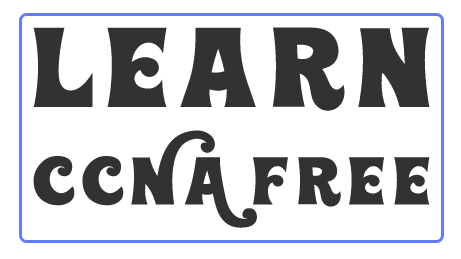As we have mentioned before, all the working interfaces on root switch are the placed in forwarding state. All the other switches (called no root switches) determines the best path to get to root switch and the port used to the reach root switch is placed in the forwarding state. The best path is one with lowest cost to the reach the root switch. The cost is calculated by the adding individual port costs along path switch to the root.
Let’s
take look the following example are

SW1
has won election process and the root switch. Consider the SW3 perspectives for
the choosing it’s root port. Two paths are available to the reach root switch
one direct path over Fa0/1 and other going out the Fa0/2 and through the SW2.
The direct path has the cost of 19, while the indirect path has the cost of 38
(19+19). That is, why Fa0/1 will be become root port on the SW3.
In
case the best root cost ties for the two or more paths and the following tie
breakers are applied:
·
the lowest neighbour bridges ID
·
the lowest neighbour port priority
·
the lowest neighbour internal port numbers
The
default port cost is the defined by operating speed of interface:
|
Speed |
Cost |
|
10
Mbps |
100 |
|
100
Mbps |
19 |
|
1
Gbps |
4 |
|
10
Gbps |
2 |
You
can override the default value on the per-interface basic are using the
following commands:
(config-if)#spanning-tree cost VALUE






0 Comments